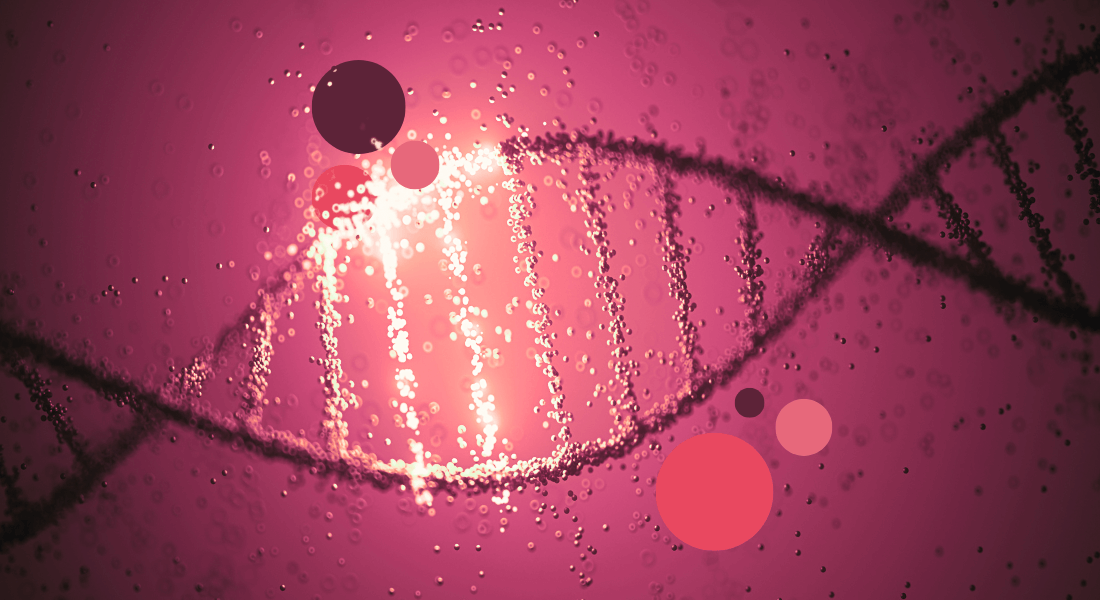Reviewed by Lexie CornerMay 12 2025
What connection is there between a person who lived thousands of years ago near the Black Sea and today’s HIV treatments? Recent research from the University of Copenhagen has found a clear link.

Image Credit: William Brøns Petersen
Around 18–25 % of people in Denmark have a genetic mutation that can provide resistance - or even immunity - to HIV. This discovery is being used to help develop new treatments for the virus.
Until now, the origin, timing, and cause of this mutation were unknown. But using advanced DNA analysis, researchers have been able to trace its history.
It turns out that the variant arose in one individual who lived in an area near the Black Sea between 6,700 and 9,000 years ago. HIV is a relatively new disease–less than 100 years old - so it is almost coincidental and very fascinating that a genetic variation that arose thousands of years ago also protects against a modern virus like HIV.
Simon Rasmussen, Professor and Study Corresponding Author, Novo Nordisk Foundation Center for Basic Metabolic Research, University of Copenhagen
Analyzed 900 Skeletons
To trace the origin and timeline of the mutation, researchers began by examining the genetic material of 2,000 people from around the world. They then developed a new AI-based method to identify the mutation in ancient DNA taken from old bones.
The team studied data from more than 900 skeletons, dating from the early Stone Age to the Viking Age.
By examining this extensive dataset, we can identify where and when the mutation emerged. For a certain period, the mutation is entirely absent, but then it appears suddenly and spreads remarkably quickly. By integrating this with our understanding of human migration during that era, we can also identify the region where the mutation originated.
Kirstine Ravn, Study First Author and Senior Researcher, Novo Nordisk Foundation Center for Basic Metabolic Research, University of Copenhagen
Their analysis led them to a person who lived near the Black Sea as far back as 9,000 years ago, identified as the common ancestor of everyone who carries the mutation today.
An Ancient Advantage
Why do a large number of Danes carry a genetic mutation that protects against a disease that didn’t exist in ancient times?
The researchers suggest that the mutation spread because it gave early humans a survival benefit, possibly by protecting them against other infections that were common thousands of years ago.
People with this mutation were better at surviving, likely because it dampened the immune system during a time when humans were exposed to new pathogens.
Leonardo Cobuccio, Co-First Author and Postdoc, Novo Nordisk Foundation Center for Basic Metabolic Research, University of Copenhagen
Cobuccio and Kirstine Ravn elaborated: “What is fascinating is that the variation disrupts an immune gene. It sounds negative, but it was likely beneficial. An overly aggressive immune system can be deadly, think of allergic reactions or severe cases of viral infections like COVID-19, where the immune system often causes the damage that kills patients. As humans transitioned from hunter-gatherers to living closely together in agricultural societies, the pressure from infectious diseases increased, and a more balanced immune system may have been advantageous.”
Source:
Journal reference:
Ravn, K., et al. (2025). Tracing the evolutionary history of the CCR5delta32 deletion via ancient and modern genomes. Cell. doi.org/10.1016/j.cell.2025.04.015.